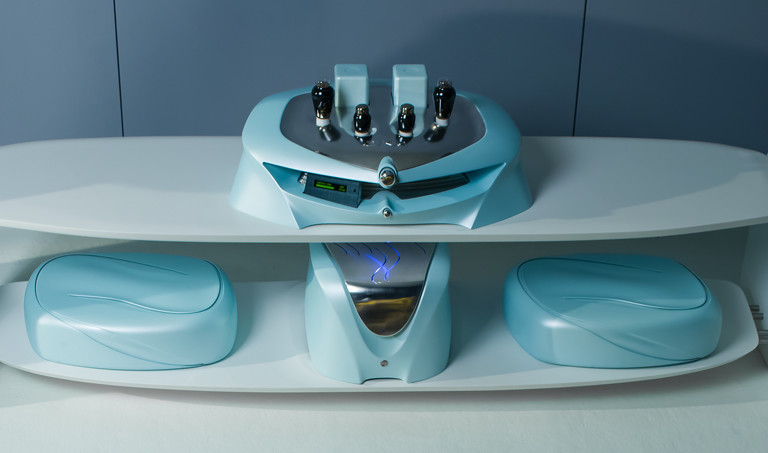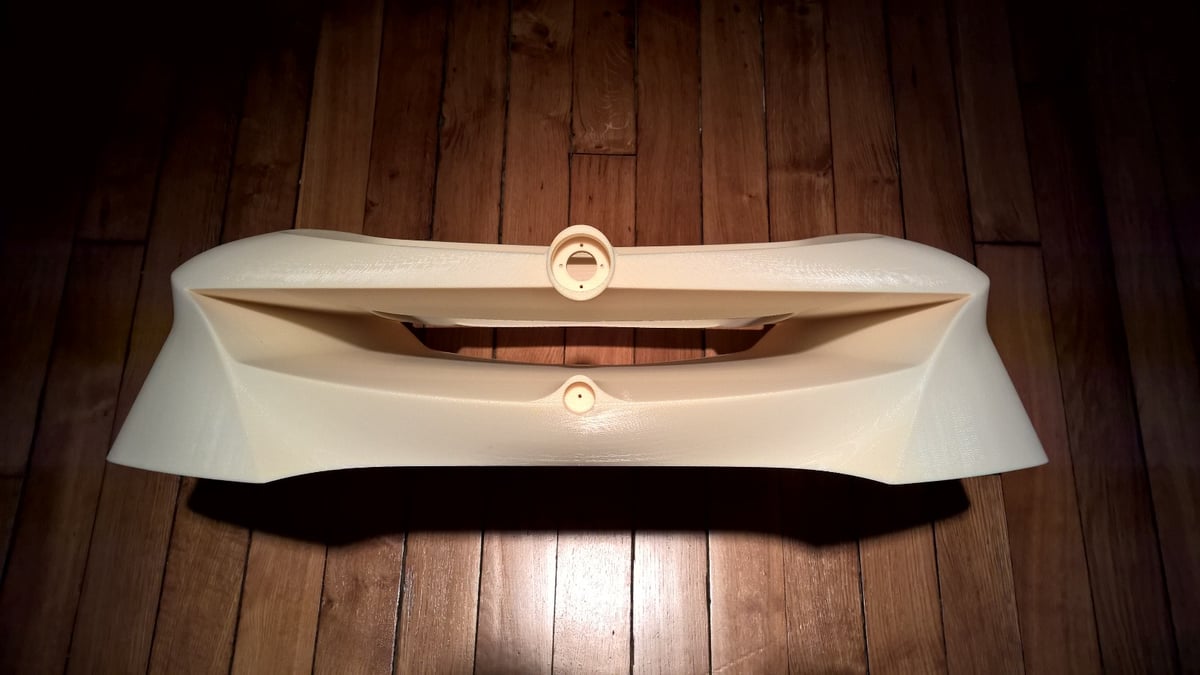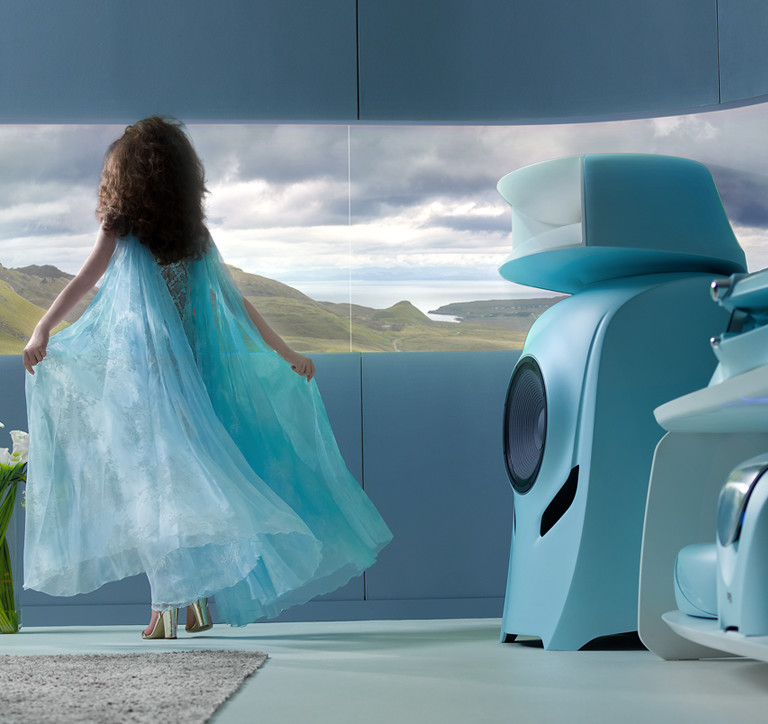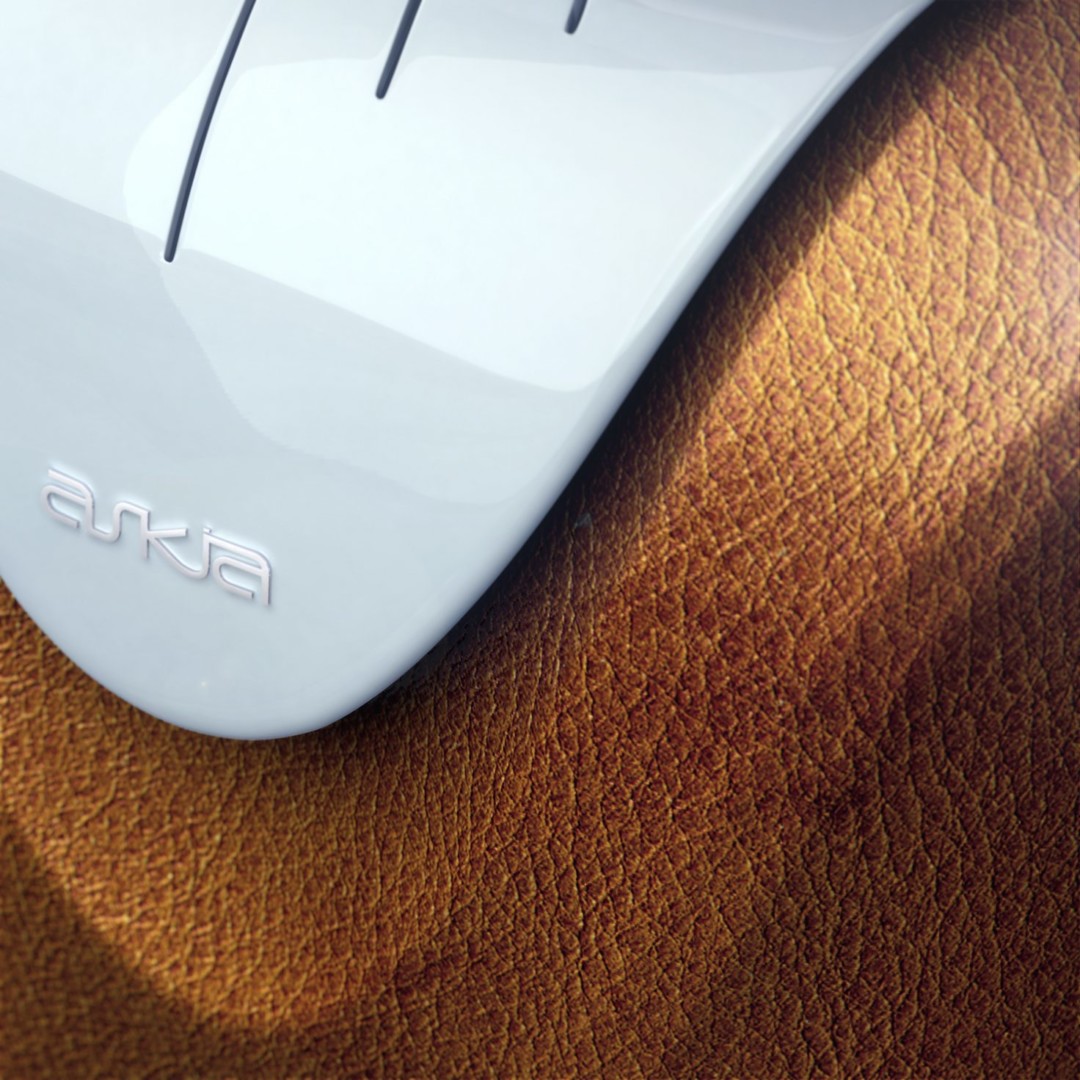Didier Kwak is the founder and president of the high-end audio systems company, Askja Audio. He has recently revealed how his company relies on 3D printing to bring the quality of audio systems up to scratch.
Kwak has 30 years experience in the audio-visual industry. But, he started his company in 2014 when he realized that the use of cheaper materials is leading to poor quality audio systems.

“For years, manufacturers have developed increasingly powerful devices while using substandard materials. Consequently, the output does not meet quality expectations,” Kwak adds.
Askja Audio was founded after Kwak created an audio system from wood and metals with positive results. He decided that his company would have the express purpose of developing a high-quality audio system and help “bridge exquisite sound and art.”

Developing the Askja Audio System with 3D Printing
The Askja Audio team began designing an audio system which had an aesthetically pleasing, unique look and was to be made from high-quality materials. But, manufacturing this design was turning out to be trickier than expected.
For example, the hybrid amplifier is a curved shape which is almost impossible to traditionally manufacture. However, after some research, this is when Kwak came across 3D printing.
He explains that, by relying on Stratasys FDM additive manufacturing, the company could produce complex shapes without limitation in a short time period. “This capability proved to be the cornerstone to realizing the design and production of our hybrid amplifier, filters, and power supply unit,” said Kwak.

After this realization, the team worked on developing prototypes. For the final production of the audio system, the team used the Stratasys’ Fortus 900mc Production machine.
They relied on ULTEM 9085 resin and ASA materials. These materials resulting in dimensional stability and toughness which reduces mechanical distortion. Better yet, 3D printing enables the company to print just a few large parts, reducing part assemblies and improving sound quality.
Kwak adds: “Additive manufacturing allowed us to overcome tooling and traditional manufacturing limitations and produce unusually shaped parts on demand, cost-effectively. We had the parts produced and in our hands within several days – something that would have been physically impossible without Stratasys’ 3D printers.”
Thanks to 3D printing, Askja Audio also permits customers to add surface customization without significantly increasing the time required to create the system or decreasing the quality.
If you’d like to get your hands on one of these ultra-sleek, 3D printed audio systems, visit the Askja Audio website for more information.
Source: Askja Audio News

License: The text of "How 3D Printing helped Askja Audio To Achieve High-Quality Sound and Design Freedom" by All3DP is licensed under a Creative Commons Attribution 4.0 International License.